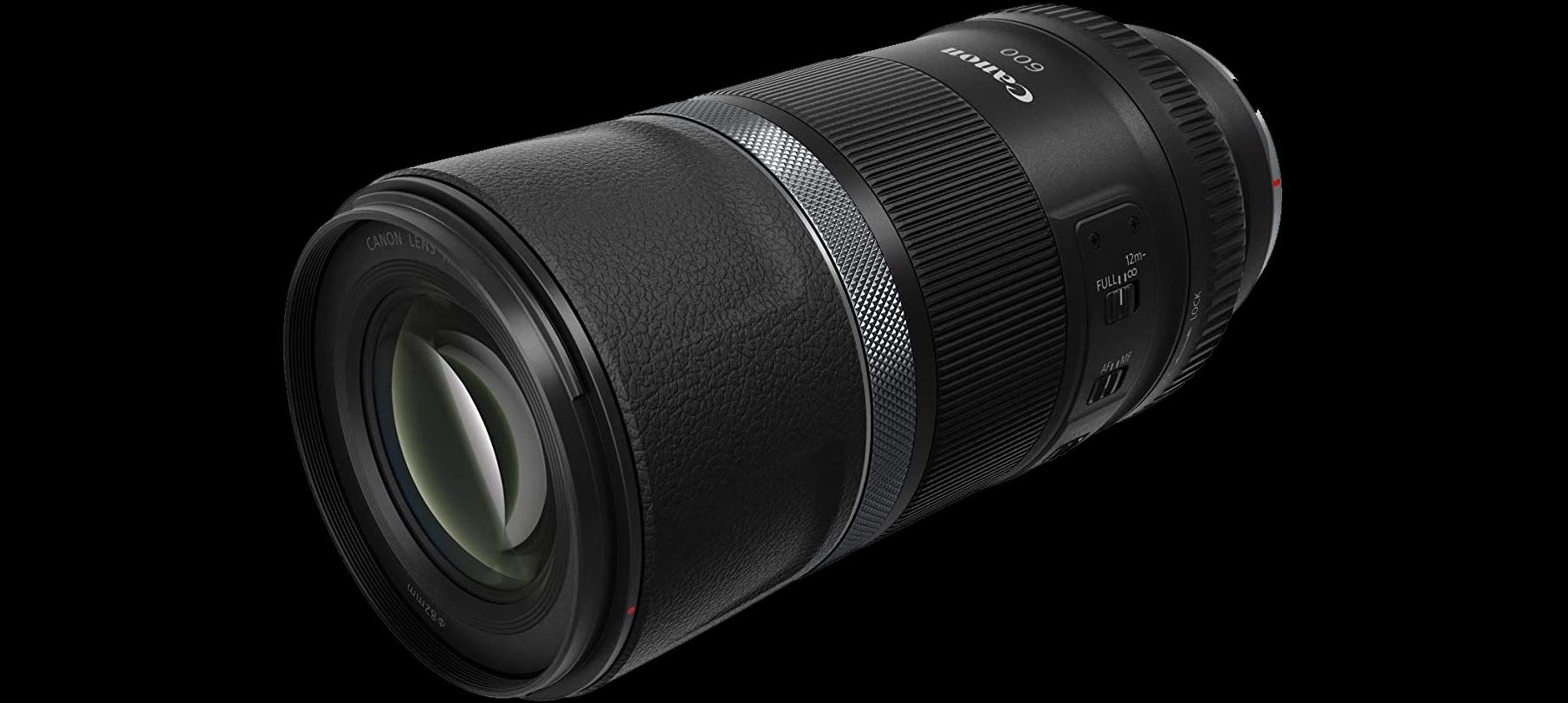Thanks for mentioning why you were closer with the macro. That makes perfect sense, and a closer focus allows higher max. magnification and that is why I often look for a very high max. mag. value when deciding on which lens to get. With that said, the macro shot is way better.Thank you. Yes absolutely I was closer, that was partly my point. The MFD of the 100-400 combined with the small size of insects make it hard to avoid having to crop quite heavily, that's one reason I say it's not a great lens for insects. If you zoom both photos to 100% there's a visible difference in sharpness too which is independent of the cropping. Admittedly some of that is likely from camera shake and wind moving the subject, but the macro is a sharper lens without a doubt.
Don't get me wrong, I love the 100-400 and find it incredibly versatile, I just don't think insects are its strong point.
Upvote
0

